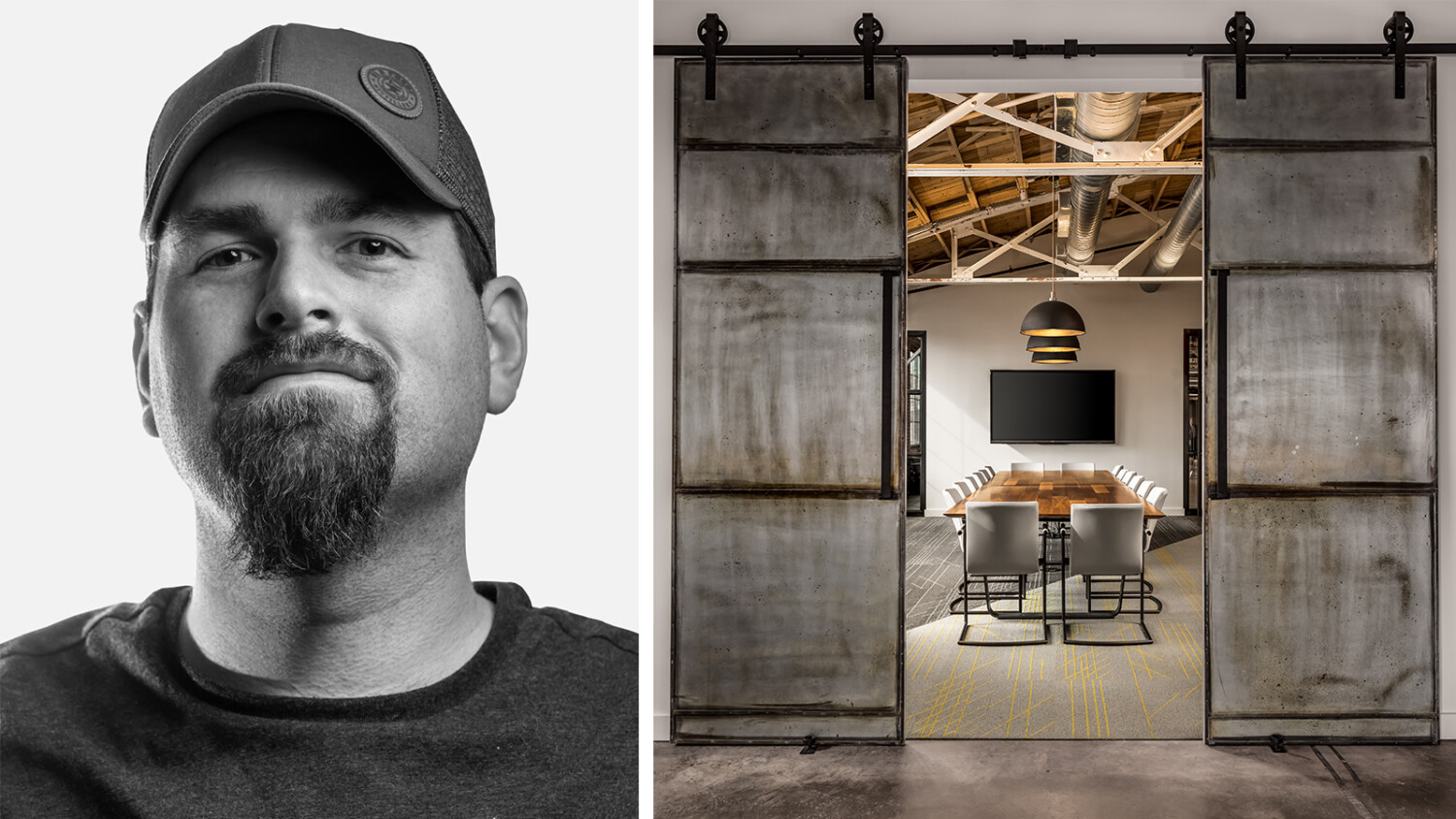Interview: Architectural Photography Success in a Small Market with Seth Parker
Today we’re going on a ride with Nashville-based architectural photographer Seth Parker. This is a long interview, but one that is dripping with advice that should be shouted from a mountain top. Shooting for clients like Starbucks, Stanley Black and Decker, and ahem…the NFL, he’s got the portfolio (and hilarious tales) to back up his 19-year long career. Talking with him is like opening a fortune cookie, but with less b.s. and more colorful language. Ready for Seth’s straight shootin’ advice on being an architectural photographer? Let’s go.
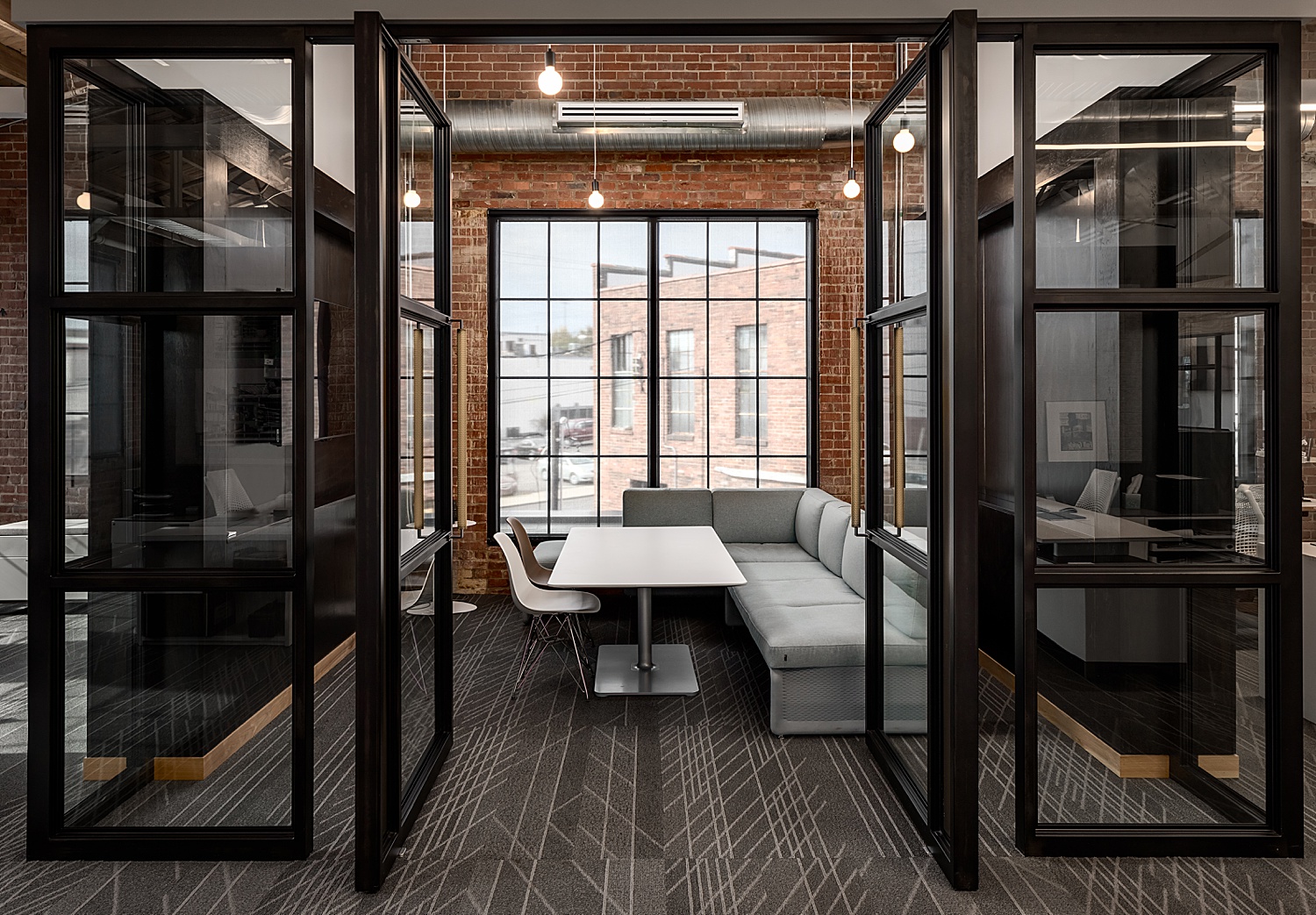
Lexi: Seth! I’m So happy to be chatting with you. Thanks for taking time out of your day to speak with us about architectural photography. I was reading a bit about you and perusing your website, and saw that you started out almost exclusively shooting real estate listings. That’s the way that many folks in this industry begin, so can you talk to us a little bit about that, and how you eventually made the jump to photographing more commercial & commissioned spaces?
Seth: Thank you for having me, Lexi. My story and path to architectural photography is definitely an odd one. Prior to 2010, I had no desire to be a photographer. Honestly, until then, I had never even picked up a DSLR. I was actually selling real estate. I’ll spare you the long story of how I went from being a fairly successful real estate broker and owning my own real estate company to ditching it for a career as a photographer, but let’s just say it was one of the best decisions I’ve ever made.
Around 2010 in Huntsville, Alabama, no agents were paying for professional photography. The market was still in a bit of a slump due to the relatively fresh housing crisis and agents were looking for a competitive advantage. I guess my wife and I were in the right place at the right time to help provide that advantage. We shot out an email blast and picked up two clients right off the bat.
Which, that brings up another point: many people don’t realize that my wife was the one that started this business. She went to school for photography and wanted to start her own business while I was selling real estate. Long story short, I eventually took over due to her increasing desire to stay home with the kids and her waning desire to deal with some of the less-than-stellar clients we had, but it’s because of her that we are where we are today.
The business grew quite well for the first year and, within a year or two, it exploded. I was shooting 600 to 700 houses a year, providing about 25 photos per home, and doing all the post processing myself.
I was making pretty good money for such a low cost of living area, but the grind was awful. Every now and then, a little glimmer of light would appear. I would shoot some type of commercial work and I would love it, but I had no idea what the images were worth. I was just pulling numbers out of thin air and hoping that clients would bite. I shot an Arby’s once and gave away what was essentially unlimited usage for $500. Yikes. As a bit of an inside joke, I kept those images in my portfolio for a long time – even though they weren’t great – just as a reminder to never do that kind of thing again.
The jump to commercial and architecture work was a conscious one. I couldn’t keep shooting 700 houses a year at $100 a pop. “Raise your prices!” was some common advice I received. You’ll make more and work less. That sounded great, so I did just that. On the jump from $100 to $125, I lost 20% of my business. Ok, ok. I cut my workload by 20% and was still making the same money. Let’s do it again. From $125 to $150, though, I lost 40% of what was left. Ouch. $20K worth of yearly income just went down the toilet. I was a pretty good RE photographer, too…and they just left over $25? WTF.
That was a pretty bad hole to dig myself out of, but I did and learned two very valuable lessons.
- If you’re a real estate photographer, you’re replaceable at any time. You’re a commodity. Cheaper and faster will win 8 times out of 10. A surprising number of agents can’t tell the difference between bad HDR photos and top-notch real estate photography. The few that can? Well, you better hold on to them as long as possible. I rarely shoot real estate these days, but I have a few agents that I’ll still work with because they’re awesome and they appreciate what I do.
- It was time to stop screwing around. I had to find a way into more commercial work. I wanted my work to be appreciated and valued. Plus, the average architecture shoot is going to be way more fun than another 2500sqft brick rancher with tiny windows and brown walls.
So, there I was, trying to build my architecture portfolio and looking for something to shoot. I drove by this new sushi restaurant all the time and it looked pretty cool. I dropped in and talked the owner into letting me shoot it while he was shut down after lunch. I’d give him a copy of the images at no cost as a “thank you” for letting me have the restaurant.
I finished them and I was pretty happy with the results at the time, so I plastered them everywhere I could. Facebook, website, etc. I look back at them now and they’re not that good, but the owner liked them. I think he still uses the twilight image on his Facebook page. He didn’t have to, but he gave me a $100 gift card to eat at his restaurant. I appreciated the gesture and took him up on it.
I told that story to say this. I only made $100 on that shoot. I probably had 20 hours of work invested in those images. That’s less than minimum wage. It’s the residual benefits of that shoot that were a big deal. Within a year, I could directly attribute no less than $25,000 worth of income to those images. I know because the new clients referenced those images as the reason they hired me.
In short, if you want to make the jump from real estate to architecture, invest in yourself to make bad-ass photos. That’s what I did. You want to shoot restaurants? Find ways to take some epic pictures of restaurants and put them in your portfolio. Seek them out. Do it for free if you have to. Hotels? Pay a little more for a nicer room and hotel when you’re traveling and shoot the room. Go to the common areas at midnight and shoot them when no one is around. Look for architecture close to where you live and go shoot it. Try a few times until you make something amazing.
Always be learning. Go to museums. Look at art. Examine the lighting in classic paintings. Watch tutorials. I’ve watched all the WAMA tutorials. I rarely shoot real estate anymore, but still, I recently purchased a real estate photography tutorial. You never know when you’re going to find that one little nugget of wisdom or advice that changes everything. My epiphany, so to speak, happened while watching beverage photography tutorials. Even though they’re quite different disciplines, those tutorials completely changed the way I think about architecture and “see” light.
Create images that demand attention and your business will grow. I heard that once and it’s become my personal motto and goal.
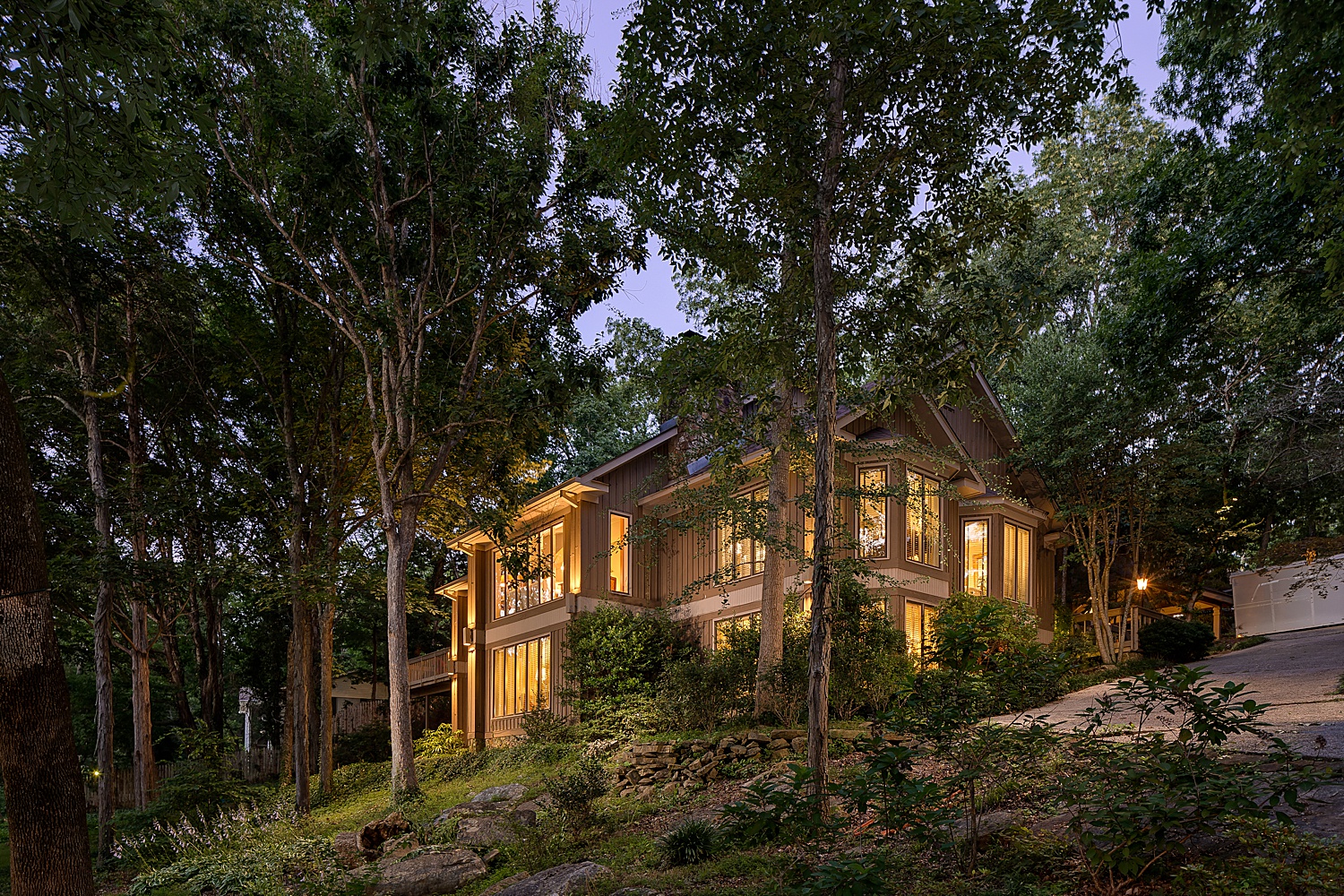
Awesome motto. I love your business story and think it’s one that so many people in this field can relate to, including myself. So you’ve moved on from shooting run and gun style listings to occasionally photographing high-end real estate and builder projects. One thing that I really appreciate about your RE work is how it looks “on brand” with the rest of your portfolio. How have you developed a personal style that keeps your images looking iconically Seth, no matter what you’re shooting?
Everything I know, I learned from people like Scott Hargis and Mike Kelley and random information gained from what used to be the awesome PFRE Flickr Group. From those sources, I developed a general, scalable workflow that’s essentially the same no matter what the subject is. The main difference is how much time I spend staging and composing. I rely heavily on existing light and make sure that any flash introduced into the scene is done in such a way to give some detail in the shadow and recreate and enhance the natural light.
Photographic style, in my opinion, is just an extension of who you are as a person. I don’t think that good photographers necessarily develop a certain style on purpose. I didn’t. It just happened. I think that the style evolves as we do. All I do is create images that I like. People pay me to keep doing that. It’s a sweet deal if you ask me. If you’re spending most of your time delivering photos that you hate because “that’s what the client wants,” then you’re doing it all wrong.
Not to get too metaphysical or philosophical or whatever you want to call it, but I look at it like this: Everything that has happened in your life, everything that you’ve experienced, all the stories you’ve heard, all the lessons you’ve learned, and every choice you’ve ever made has led you to take that photo at that very moment. All the things that were going through your mind and everything you saw while you created that image are now a part of that image forever. When you look at that image 10 years from now, you’ll remember an entire story that surrounded it. A piece of you is in that image.
“Tell the story of the space.” Is an often-heard phrase in architecture photography, but that’s not really all you’re doing. You’re telling your own story, too. In a way, each image is a part of your autobiography. Don’t waste it.
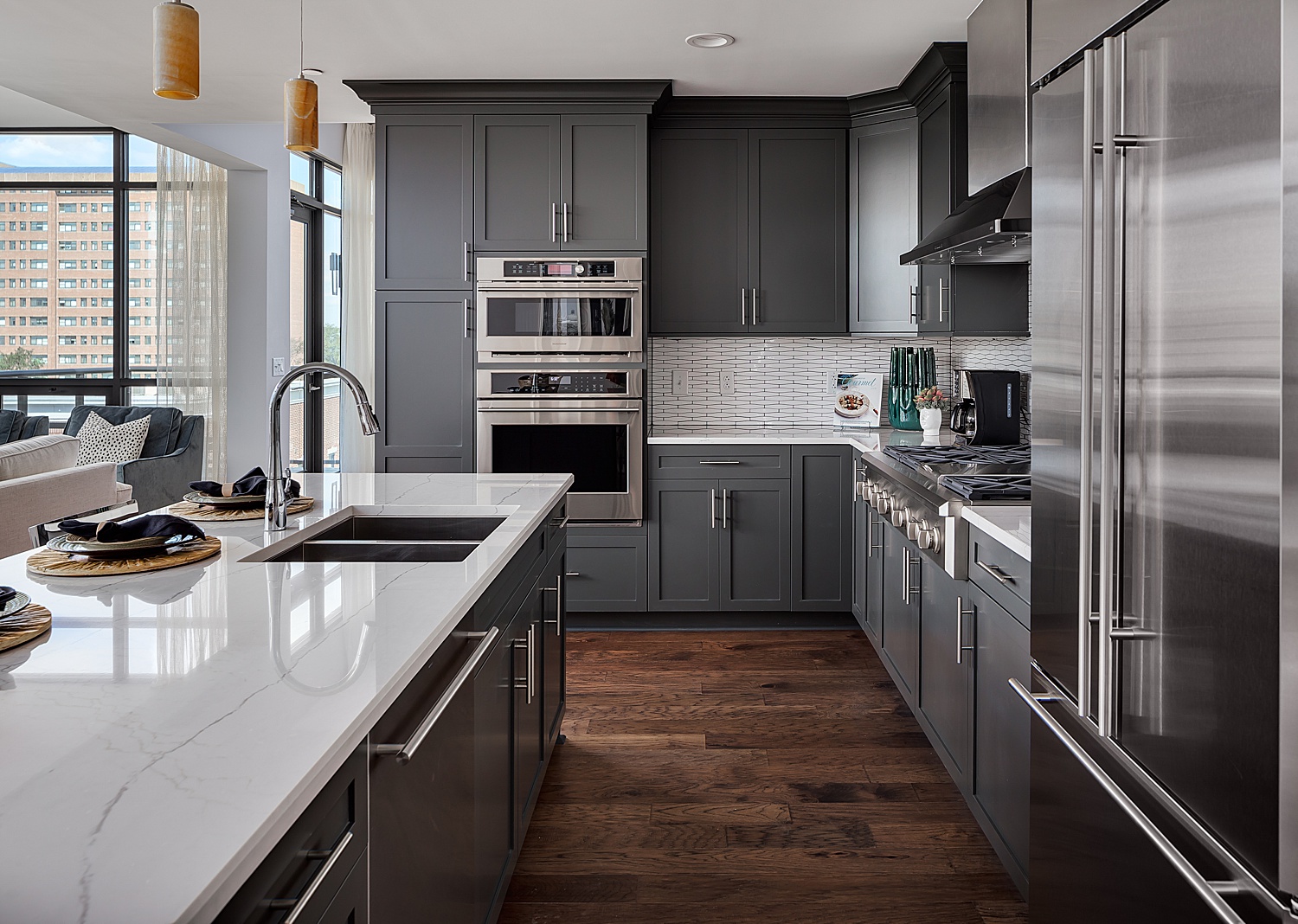
Your photos have an ultra sexy, dramatic feel to them; do you think adding mood to your images is essential for showcasing a space and setting your work apart from other run-of-the-mill images?
I think that capturing the character of a place is essential to making a great architectural image. One of the biggest mistakes I see newer architecture photographers make is that they try to kill all the shadows in a scene. That’s fine for real estate photography, but shadows are what give your images shape, life, and dimension. Embrace it!
In my opinion, one of the most important questions to ask yourself while taking an architectural image are “what do I want to show the viewer?” Specifically. The last thing that you want to do is plop down the tripod and mindlessly take a picture of a room or building. I mentally walk through the image and imagine the best ways to accomplish showing the viewer my idea. 99% of the time, it works out exactly as I imagined in my mind. Ha! Not even close. It’s pretty rare for that to happen, but if I get close, I count it as a win.
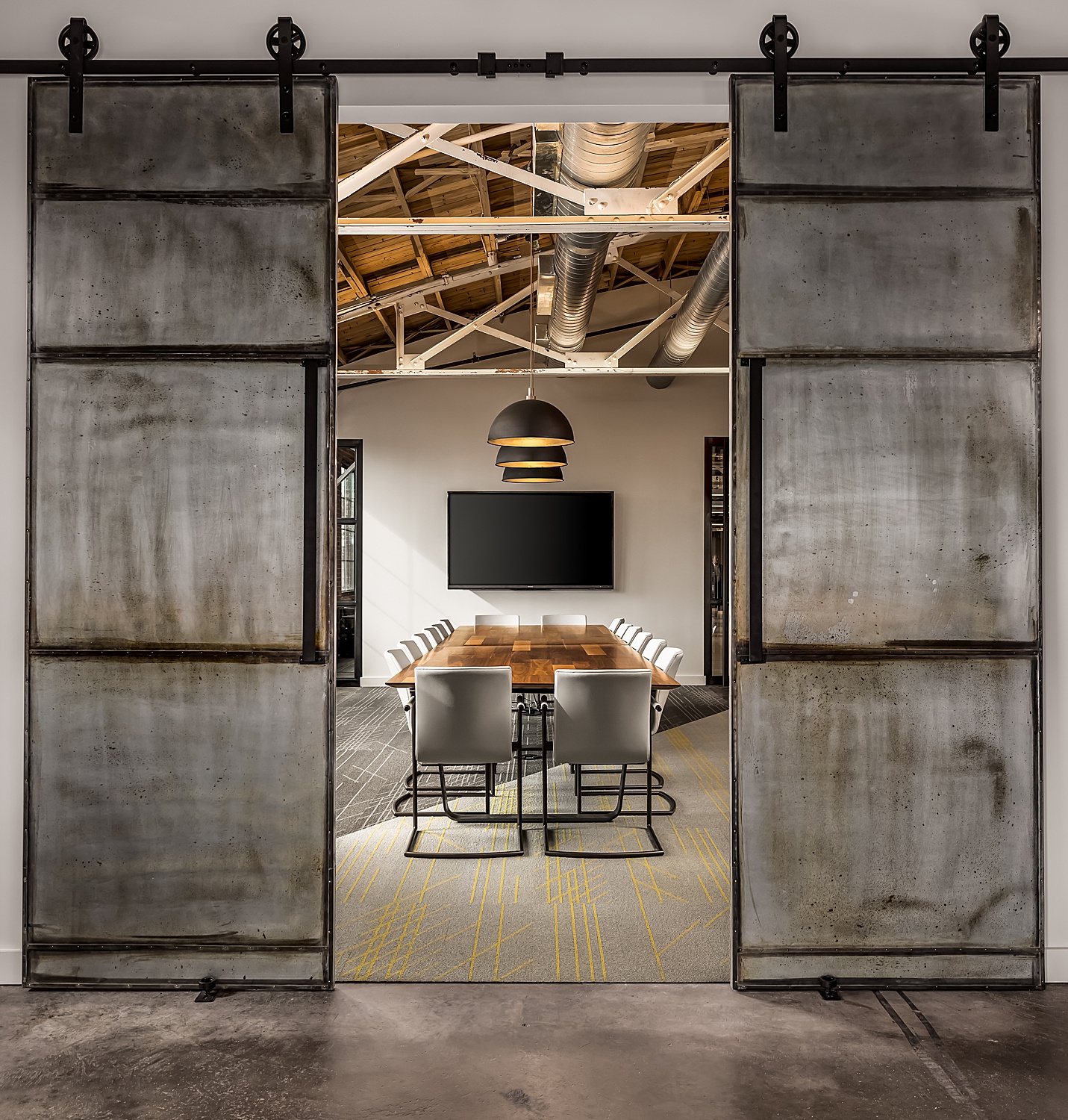
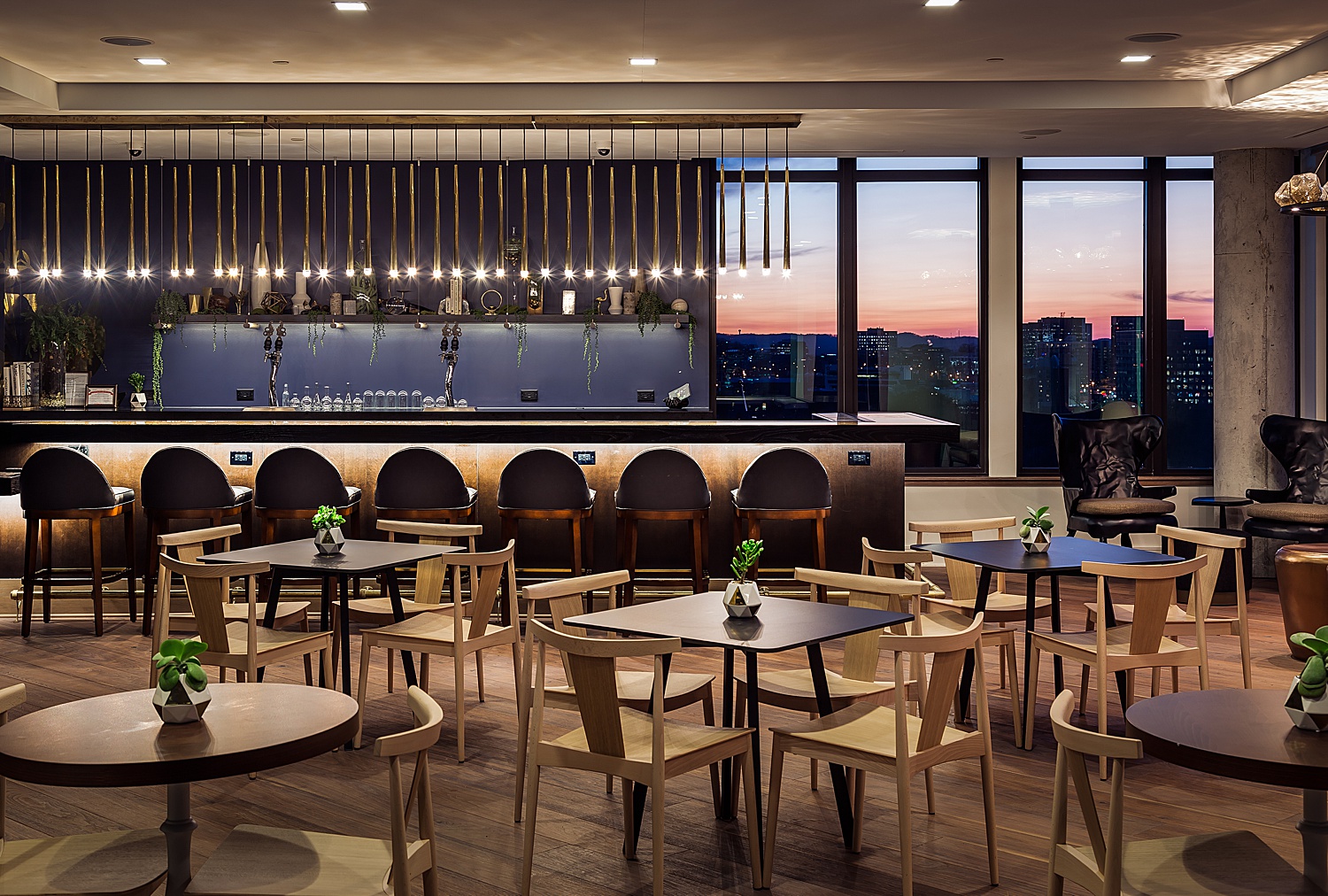
There is the most hilarious picture of a note taped to the door of a house you were photographing like 2 years ago on your Instagram:
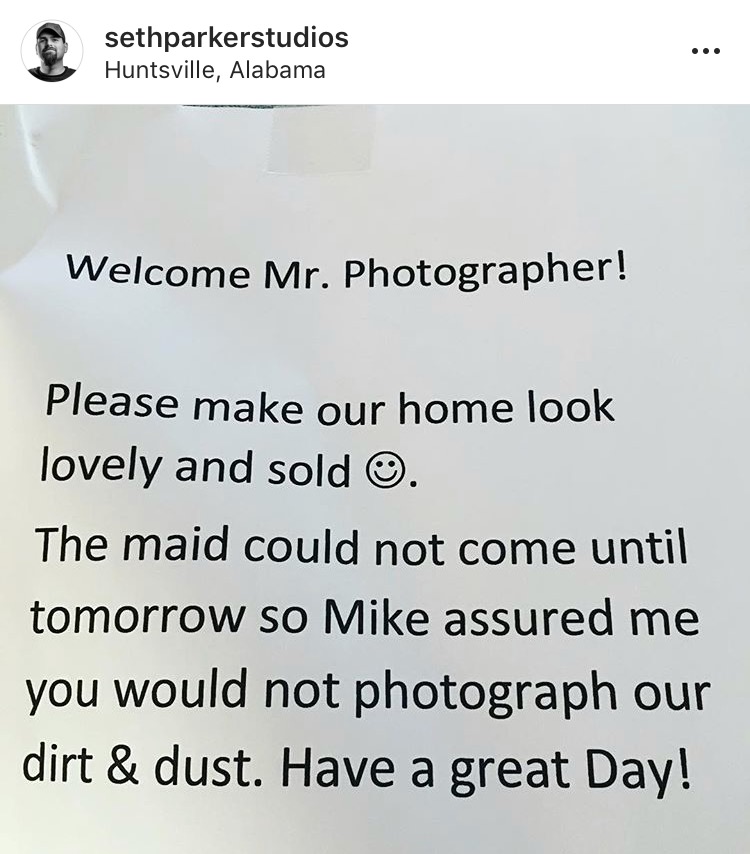
Can you regale us with any other tales from when you’ve shown up to work and things were a little…less than ideal?
Tales? Oh, I have all kinds. I don’t know what it is, but I seem to attract wild and crazy. I’d like to write them all down one day, but in the meantime, these are a twp of my favorites:
I once shot a decent hotel for a name brand in Helen, Georgia. Helen is a cool little town. It’s like German town tucked away in the North Georgia Mountains. Anyway, I wanted to see the view from one of the rooms but the front desk said “ooh, that one’s off limits right now. Actually, several of those beside it are as well.” The manager comes by and says “we can go look.” I walk around, check out the view, it’s not what I wanted. We walk out of the room and a pest control guy walks up. Turns out, I had just been stomping around in a bed-bug infested room and the pest guy recommended shutting down the whole floor. Notably, that’s the floor my room was located on.
I was working at the new Tennessee State Museum in Nashville on a Monday. They are closed on Mondays. As I was walking up to the building, a dad and his two kids – they were twin boys, about 4-5 yrs old – were also walking up with lunch boxes in hand. The dad gets to the door and sees that they’re closed. He mumbles an exasperated “Shit”. Without missing a beat, Thing 1 says “HA! SHIT!” Thing 2 Then says “HAHAHAHA. SHIT.” Thing 1 and Thing 2 proceed to volley laughter and “SHIT! SHIT! SHIT!” back and forth. His attempts to herd the cats failed miserably. The dad briskly walked by me as I try to contain my laughter, unwilling to look up from the area directly in front of his feet. His kids followed close behind and I heard them yelling “SHIT” at each other the entire way back to the parking lot. Being a father of 3, that is simultaneously one of the funniest and most painful things I’ve ever witnessed.
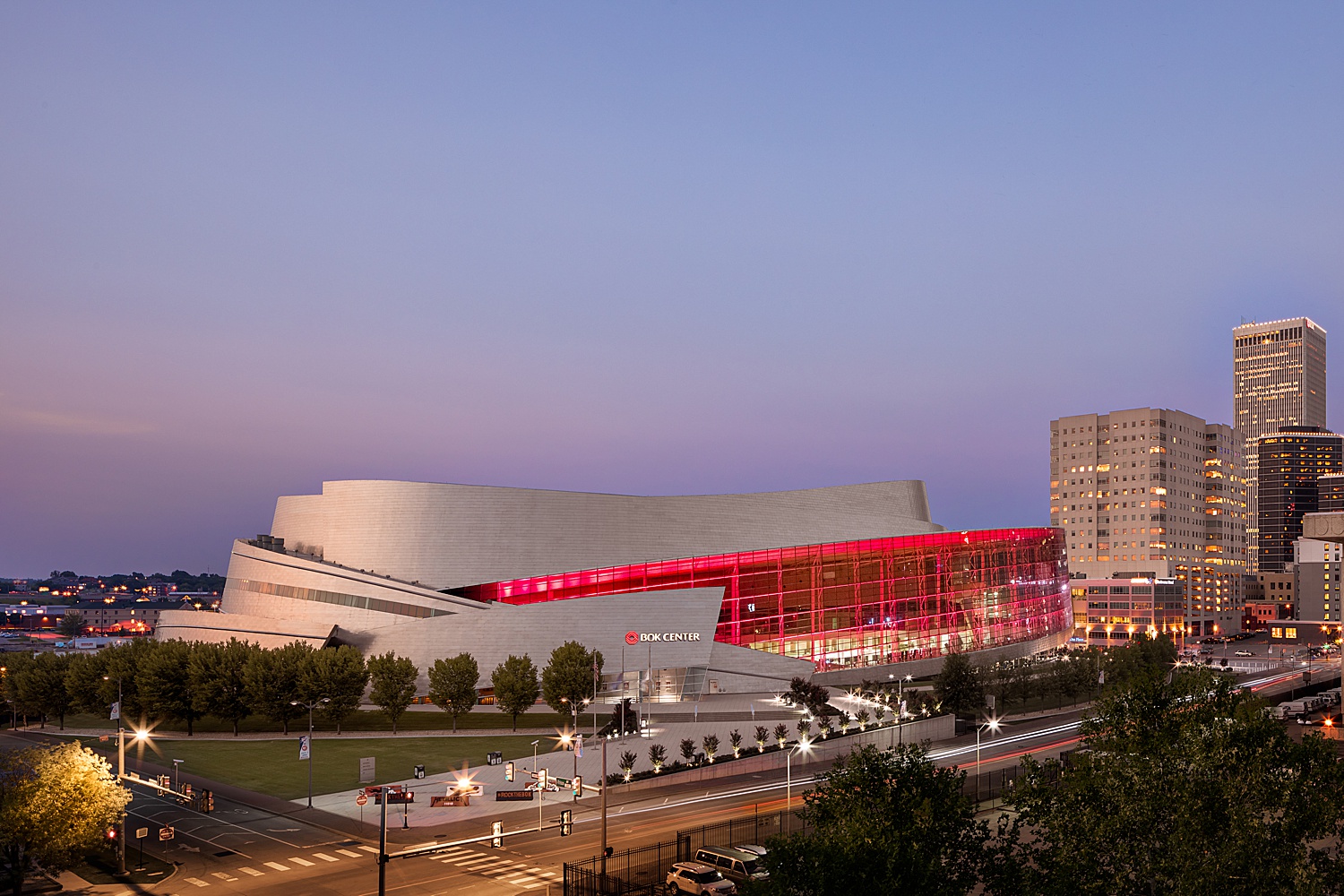
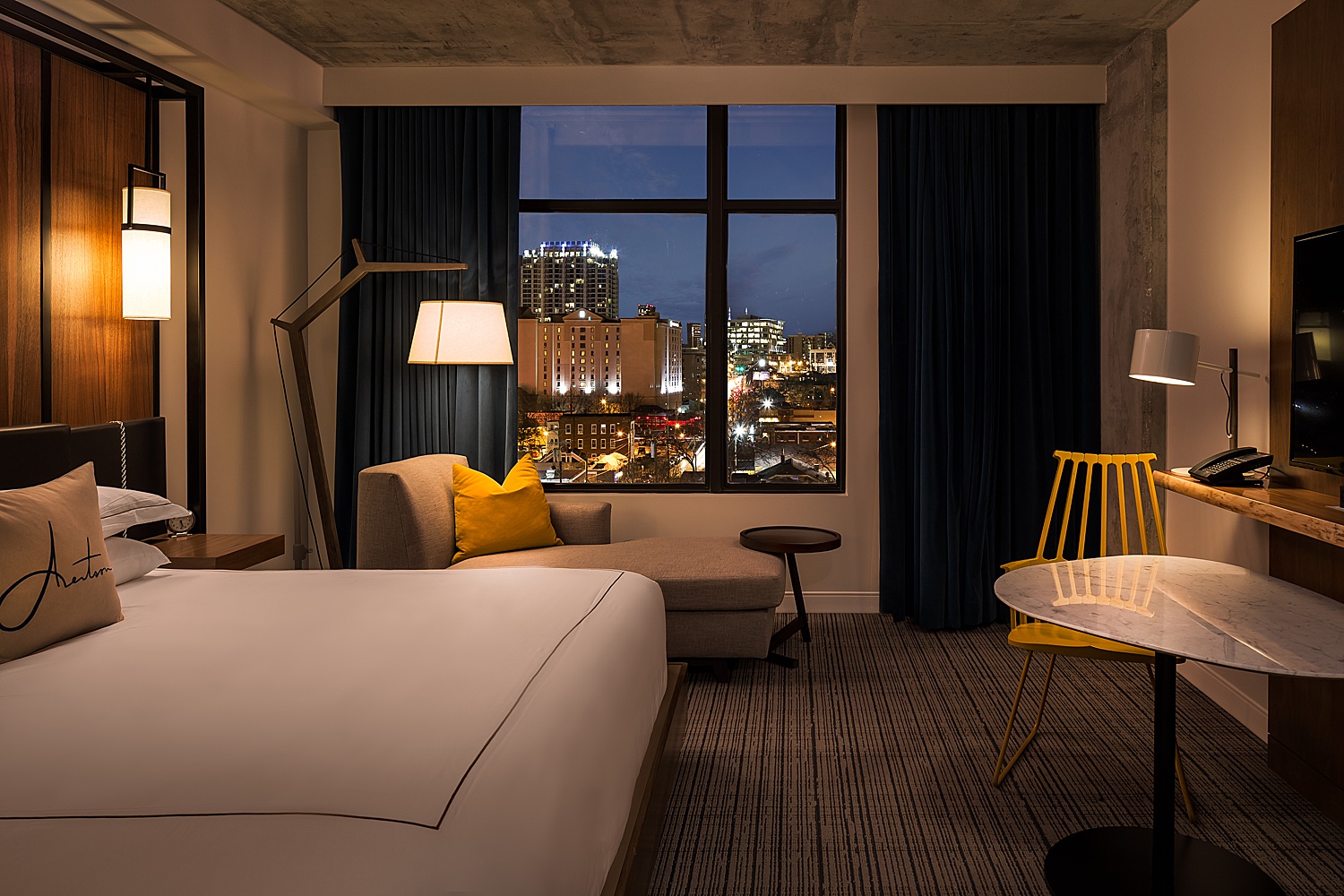
Perfect. Hey, by the way, your aerial work is great! Let me tell you, I’ve seen – and worked with – so many people flying drones around who are unlicensed. It’s wild. Can you tell us what the FAA licensing process was like? In my dream world, everybody flying a drone is licensed and not 3 seconds from crashing it into my car.
The FAA Part 107 course was actually easier than I expected. I took a weekend and studied the free courses I found online. I spent most of my time learning airspace and charts. That served me well and I passed the test on the first go around. But, I had also been flying drones for several years previously and had a decent foundation of general knowledge. That being said, I’ve grown less fond of flying over the past couple of years and it’s probably not something that I’m going to advertise or offer going forward. I always get asked to fly them in places that are a PITA to fly.
A couple of buddies have told me that I should get the Mavic 2 Pro and I’d learn to love flying again, but I don’t do a ton of drone work and it would be hard to justify $1500+ on that versus a plethora of other things I could use for my business.

Now on to the less glamorous parts of owning a media based business: Your website and SEO. I think a lot of photographers are intimidated by this process or don’t really know how to go about it. Your site is awesome. I do a bit of SEO copywriting so I picked up on the tactics you’re using. It looks great and is still natural sounding. Have you found success in your search engine rankings for your site? Do you find that a good portion of your work is coming from people finding you on the web, or do you rely mostly upon referrals/word of mouth to gain new clients?
Remind me to pick your brain about rewriting some of my content, then! I spent a lot of time targeting the Nashville market. Within a year, I went from not being found for “Nashville architecture photographer” to being number one on the first page. I’ve slipped a spot or two in the past few months, but that’s ok. The first page is always the main goal.
The site really introduced me to the Nashville market. I followed my own advice and went to shoot some Nashville-centric images and posted them on the site. Most notable was the Music City Center that received quite a bit of attention. If you were to Google “Nashville architecture” or “Nashville architecture photographer”, several of my images are at or close to the top of the image search, including the Music City Center.
I really benefitted from a lack of saturation, though. I wasn’t trying to climb the rankings in LA or New York. There were only about 2 pages worth of solid architecture photographers that I had to beat out and only a few of them were actually based in Nashville. I guess I keep landing in the right place at the right time.
The website was my main source of commercial work for quite a while until I developed my own base of clients. That site has landed me jobs with Subzero, Black & Decker, Shaw Industries, Wolf, the NFL, Starbucks, and quite a few other big names. It’s been vital to the success of my business. I’d say that, even now, website leads account for about 30% of my business.
Within the past few days, though, I completely redesigned my website. It was a bit too text-heavy, but it worked. Now, I feel like my portfolio images are good enough to stand on their own, so they’ve taken center stage.
I’ve always wanted to run a blog to help with SEO, but I’ve never really had much to say that wouldn’t seem like fluff material. It hit me recently that I was missing the point. I needed to give people a reason to come back or a reason to stay. I think I can do that by sharing the stories I’ve accumulated on the road. I think I have some pretty good ones! My goal for the rest of this year is to start and keep the blog up-to-date for that purpose. I have one post so far. Woo hoo!
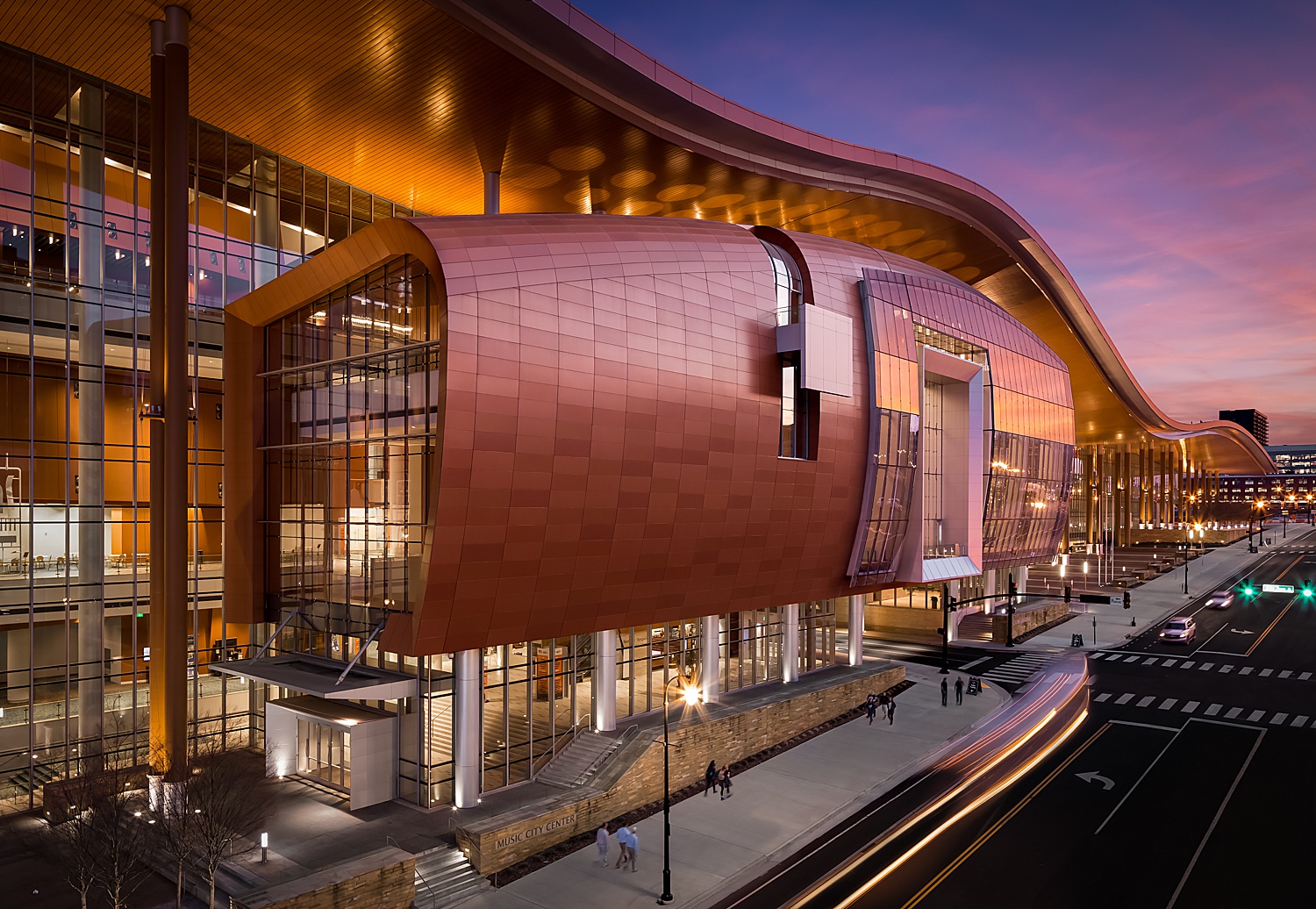
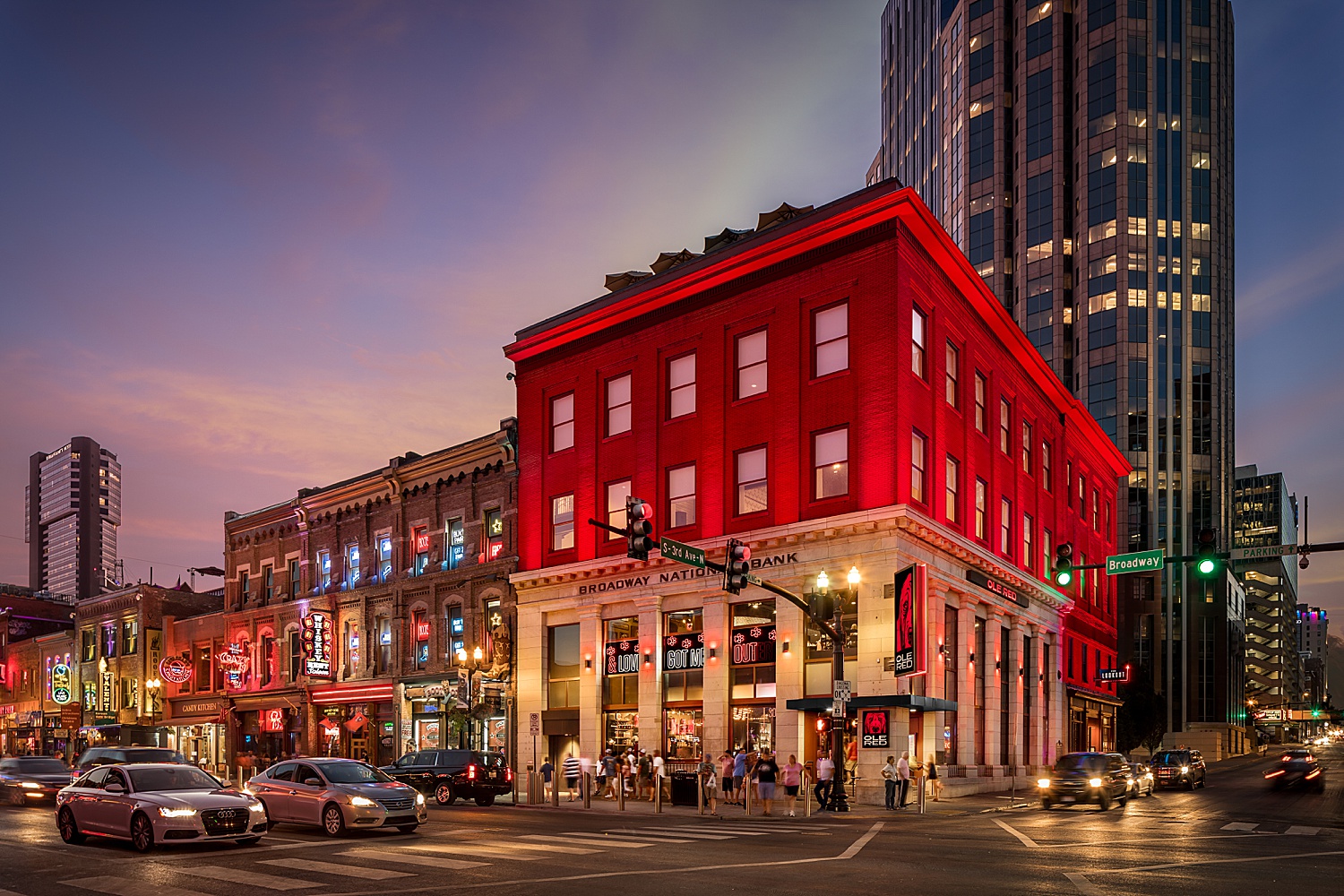
What’s one new tip or trick you’ve picked up recently in your shooting or post-processing workflow that has made a big difference in your photographs?
During this past winter, I decided to try and learn some new things. I wanted to learn about taking pictures of liquor bottles. If I did OK at it, the best case scenario is that I get paid to drink liquor and work from home during the slow season. Worst case scenario is that I get to drink liquor at home during the slow season and could possibly learn something. I haven’t been paid to shoot any liquor yet, but the experience that I’ve gained from stepping outside of my comfort zone has been invaluable. Learning to light bottles is a huge pain, but there’s a certain elegance and beauty to it. It’s a lot like you’re taking a person’s portrait, but you have as much time as you need. This taught me a lot about lighting and shadow and how to use it differently than I was accustomed to doing.
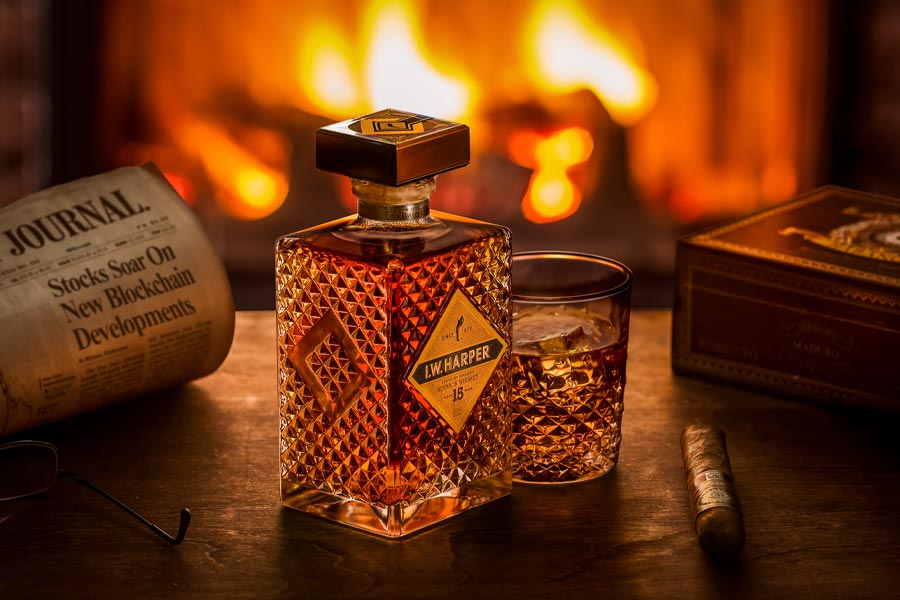
Oh yeah! I saw those on your Instagram and they look great. I’m a big fan of the luxurious vibe you create with them. Practicing with “extracurricular” shoots is so important in growing your body of work. Seth thanks again for sharing your story, process, and photos with us. It’s much appreciated, and I know folks can learn a ton from you and your best practices!
Hungry for more of Seth Parker’s work? Head on over to his website and Instagram. They don’t disappoint!
